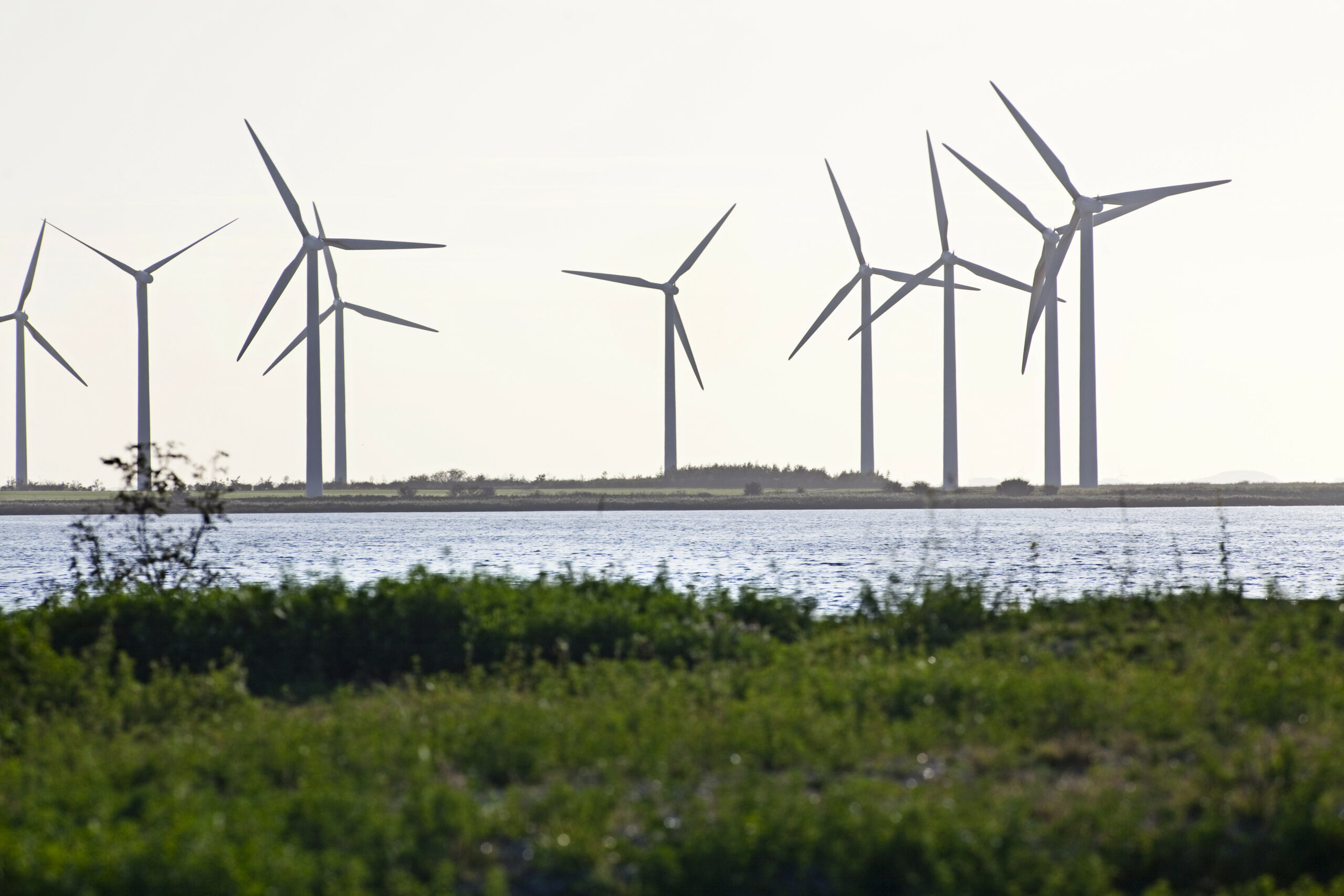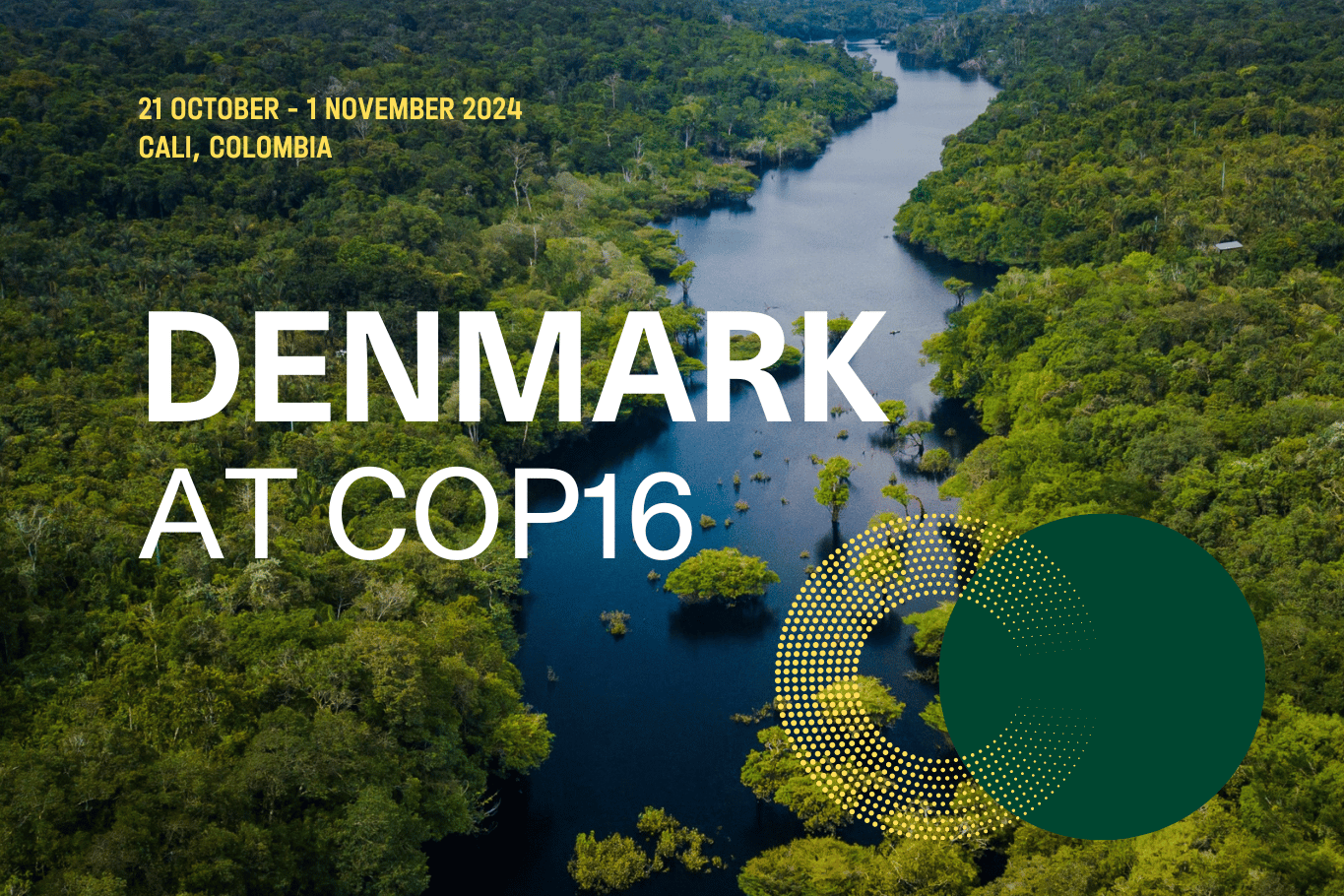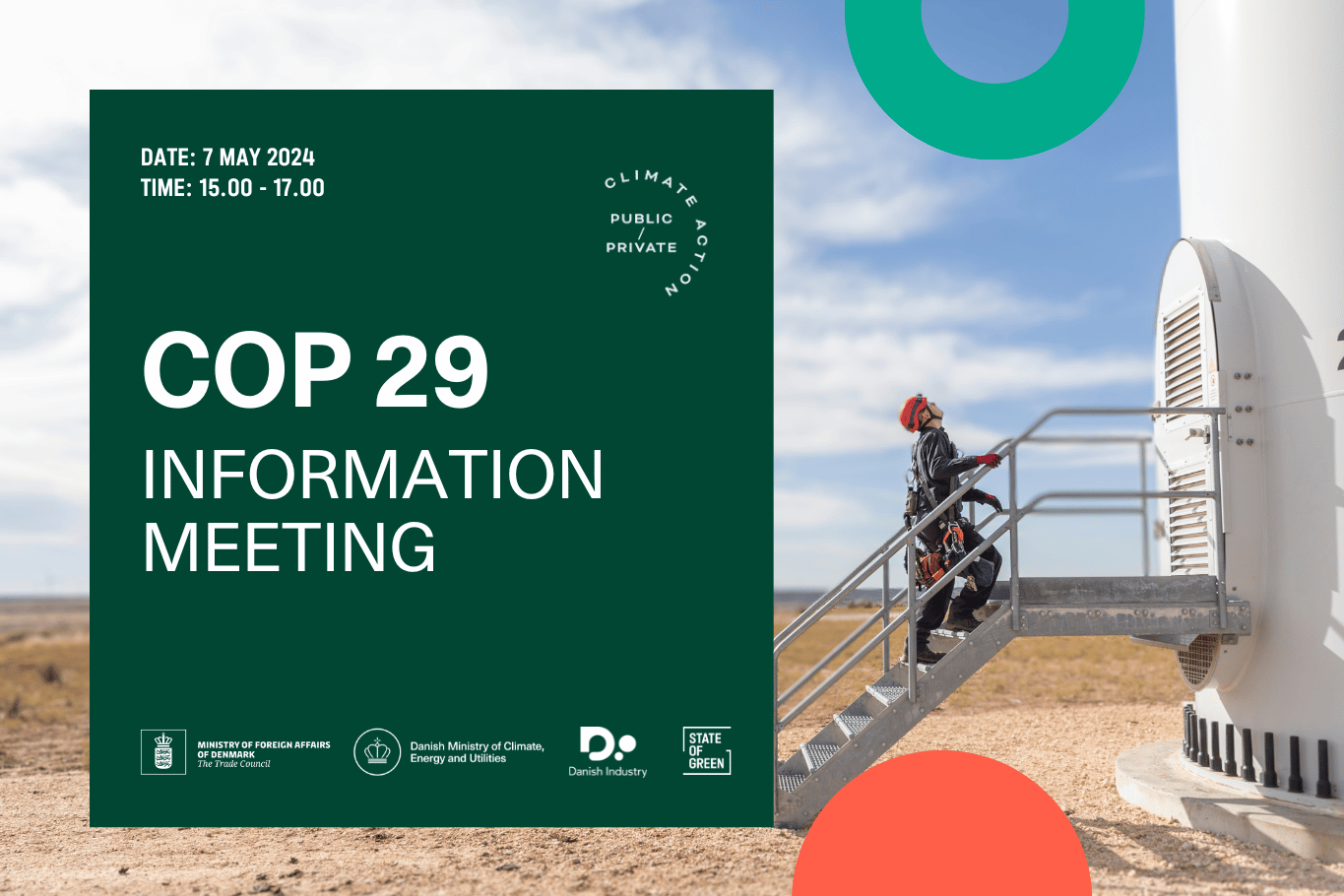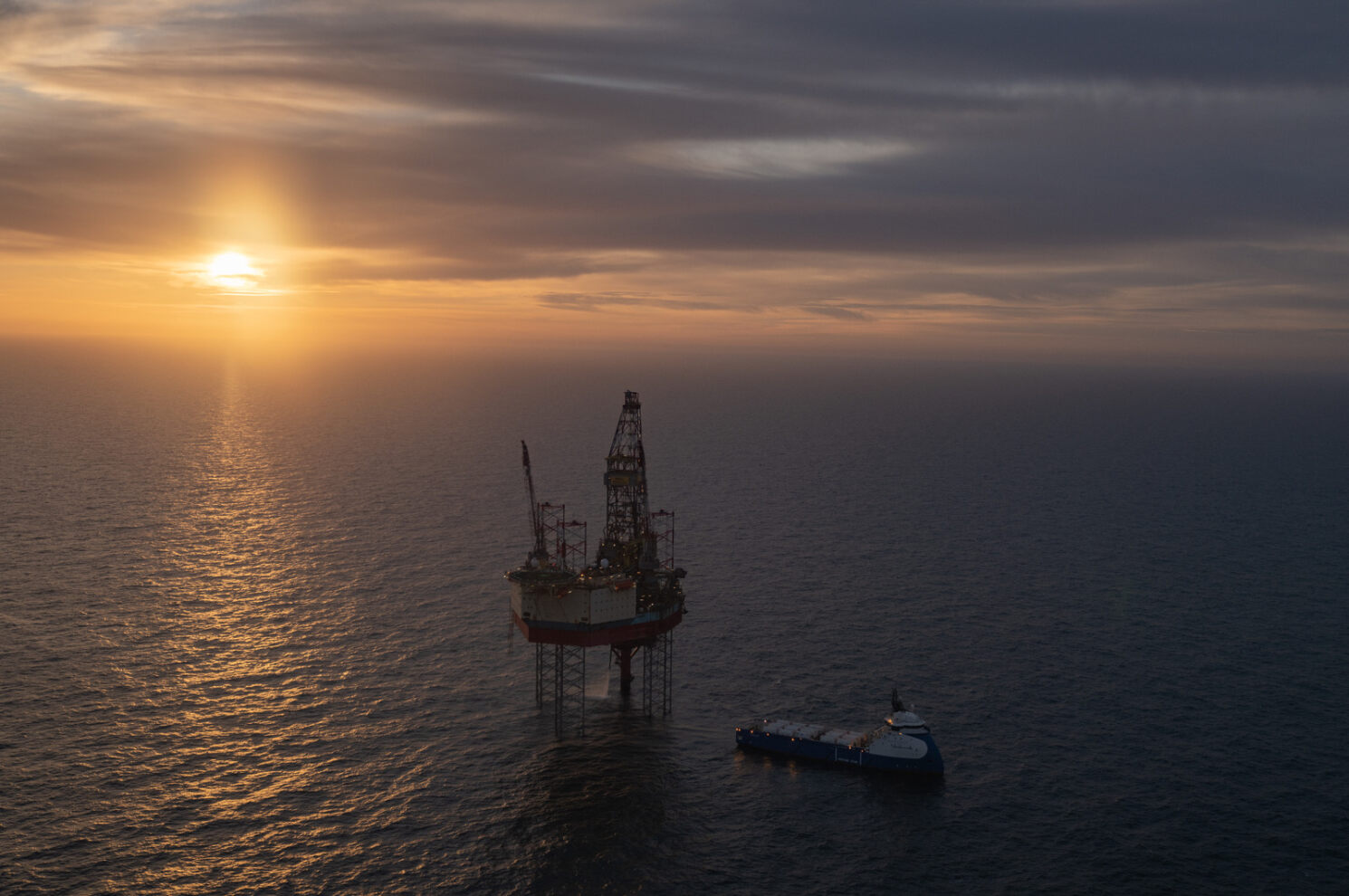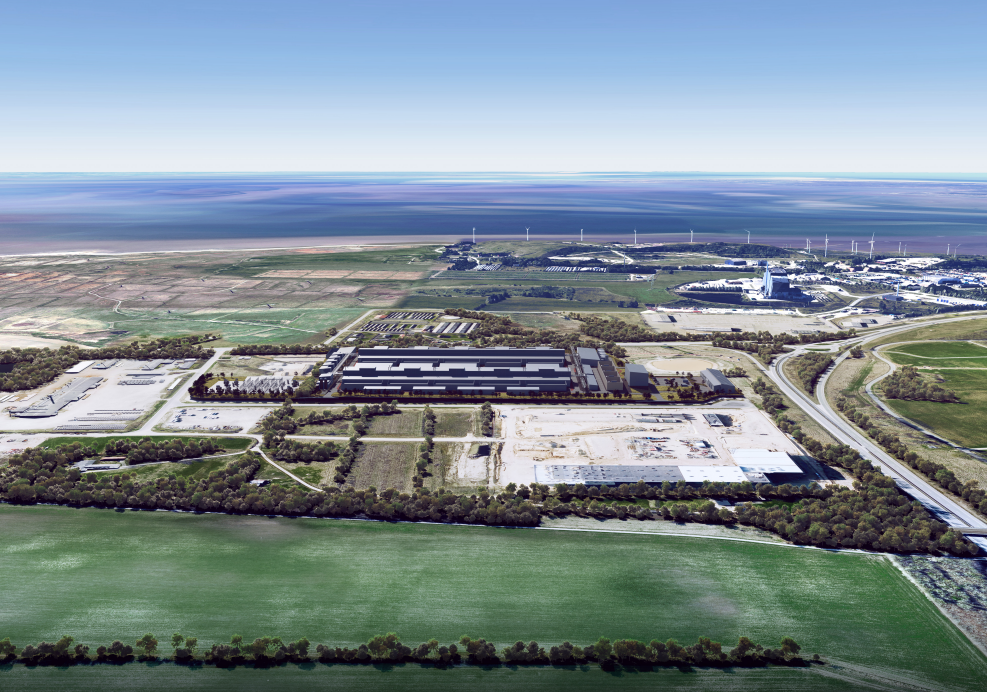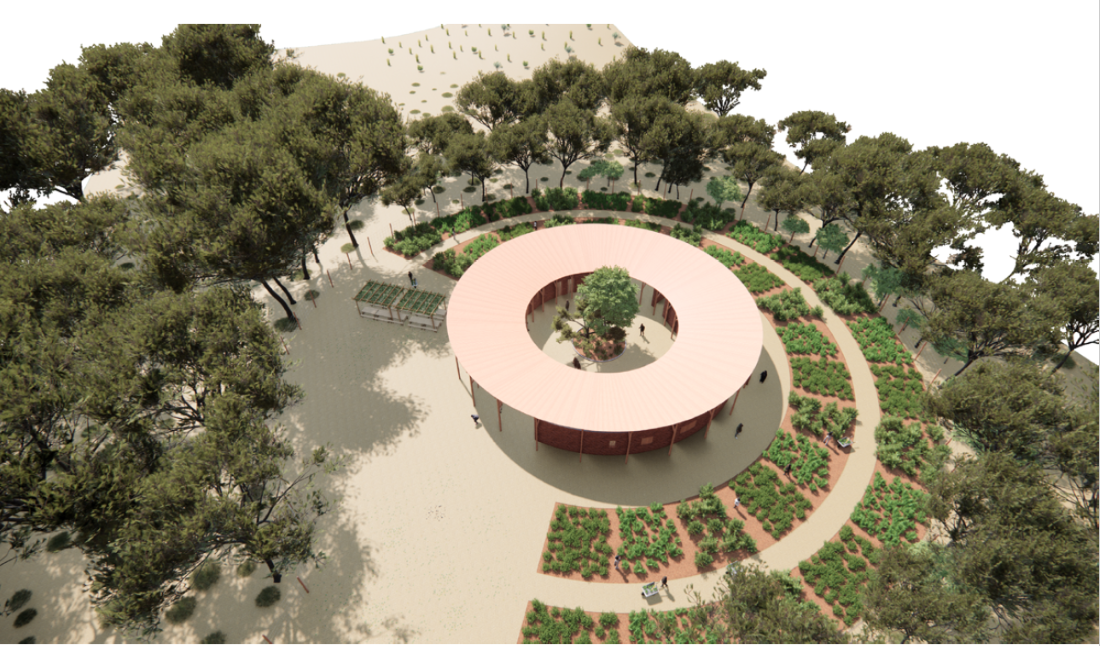News
Sustainable solutions needed to address biodiversity challenges


Three years in development, at a total cost of more than US$2.4 million, the IPBES Global Assessment Report on Biodiversity and Ecosystem Services draws on nearly 15,000 references, including scientific papers and government information. It is also the first global assessment ever to systematically examine and include indigenous and local knowledge, issues and priorities.
Nature is declining globally at rates unprecedented
The report finds that the rate of species extinctions is accelerating, with grave impacts on people around the world. Prof. Josef Settele, co-author of the assessment, stated that “this loss is a direct result of human activity and constitutes a direct threat to human well-being in all regions of the world.”
However, the assessment defends that it is not too late to make the necessary changes. In contrast, it affirms that transformative changes in production and consumption of energy, food, feed, fibre and water, sustainable use, equitable sharing of the benefits arising from use and nature-friendly climate adaptation and mitigation, will better support the achievement of future societal and environmental objectives.
“Through ‘transformative change’, nature can still be conserved, restored and used sustainably – this is also key to meeting most other global goals.” Sir Robert Watson, IPBES Chair.
Five direct drivers of change in nature
To increase the policy-relevance of the report, the assessment’s authors have ranked, for the first time at this scale and based on a thorough analysis of the available evidence, the five direct drivers of change in nature with the largest relative global impacts so far. These being: 1. changes in land and sea use; 2. direct exploitation of organisms; 3. climate change; 4. pollution; and 5. invasion of alien species.
The five direct drivers result from an array of underlying causes – the indirect drivers of change – which are in turn underpinned by societal values and behaviours that include production and consumption patterns, human population dynamics and trends, trade, technological innovations and local through global governance.
-Related solution: Future smart solutions in the metropolitan area, Nordhavn
[green]
Key messages to policy makers:
- Nature and its vital contributions to people, which together embody biodiversity and ecosystem functions and services, are deteriorating worldwide.
- Direct and indirect drivers of change have accelerated during the past 50 years.
- Goals for conserving and sustainably using nature and achieving sustainability cannot be met by current trajectories, and goals for 2030 and beyond may only be achieved through transformative changes across economic, social, political and technological factors.
- Nature can be conserved, restored and used sustainably while simultaneously meeting other global societal goals through urgent and concerted efforts fostering transformative change.
Summary for policymakers of the global assessment report on biodiversity and ecosystem services – unedited advance version, IPBES, 2019
[/green]
Nature-based solutions for cities are crucial for global sustainability
According to the report, increased use of green infrastructure and other ecosystem-based approaches can help to advance sustainable urban development while reinforcing climate mitigation and adaptation. Solutions can include retrofitting green and blue infrastructure, such as creating and maintaining green spaces and biodiversity-friendly water bodies, urban agriculture, rooftop gardens and expanded and accessible vegetation cover in existing urban and peri-urban areas and new developments.
Green infrastructure in urban and their surrounding rural areas can complement large-scale “grey infrastructure” in areas such as flood protection, temperature regulation, cleaning of air and water, treating wastewater and the provision of energy, locally sourced food and the health benefits of interaction with nature.
- Related solution: New recreative green-blue area to climate-proof Randers
A combination of bottom-up and city-level efforts
Integrated city-specific and landscape-level planning, nature-based solutions and built infrastructure as well as responsible production and consumption can all contribute to sustainable and equitable cities and make a significant contribution to the overall climate change adaptation and mitigation effort.
The report affirms that a combination of bottom-up and city-level efforts, by public and private, community and Government partnerships can be effective in promoting low-cost and locally-adapted solutions to maintaining and restoring biodiversity and ecosystem functions and services.
Integrating cross-sectoral planning at the local and landscape and regional levels is important, as is involving diverse stakeholders. Particularly important at the regional scale are policies and programmes that promote sustainability-minded collective action, protect watersheds beyond city jurisdiction and ensure the connectivity of ecosystems and habitat. At the regional scale, cross-sectoral approaches to mitigating the impact of infrastructure and energy projects entail support for comprehensive environmental impact assessment and strategic environmental assessment of local and regional cumulative impacts.
-Related solution: Leaderlab – Creating sustainable partnerships
Key Statistics and Facts from the Report - General
- 75%: terrestrial environment “severely altered” to date by human actions (marine environments 66%2)
- 47%: reduction in global indicators of ecosystem extent and condition against their estimated natural baselines, with many continuing to decline by at least 4% per decade
- 28%: global land area held and/or managed by Indigenous Peoples , including >40% of formally protected areas and 37% of all remaining terrestrial areas with very low human intervention
- +/-60 billion: tons of renewable and non-renewable resources extracted globally each year, up nearly 100% since 1980
- 15%: increase in global per capita consumption of materials since 1980
- >85%: of wetlands present in 1700 had been lost by 2000 – loss of wetlands is currently three times faster, in percentage terms, than forest loss.
Photo:
Maxim Blinkov/Shutterstock.com
Source:
Intergovernmental Science-Policy Platform on Biodiversity and Ecosystem Services (IPBES)
You should consider reading
News
Carbon capture, storage and utilisation
+2
